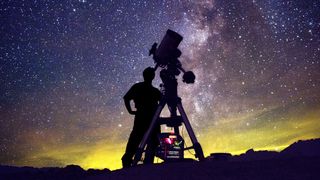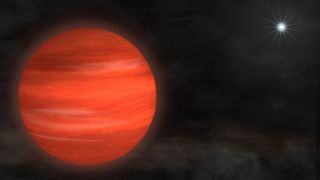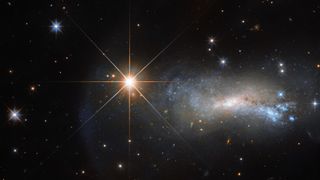space
Editor's Picks
Latest about space
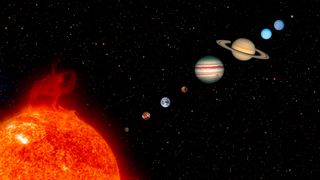
Have all 8 planets ever aligned?
By Charles Q. Choi published
The solar system's eight planets will never truly be in a straight line, but they can get close to it.
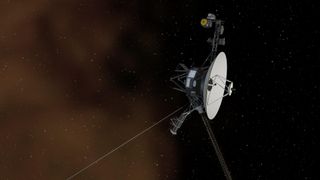
NASA's Voyager 1 sends readable message to Earth after 4 nail-biting months of gibberish
By Emily Cooke published
After four months of being unable to detect comprehensible data from the Voyager 1 spacecraft, NASA scientists have had fresh luck after sending a "poke."
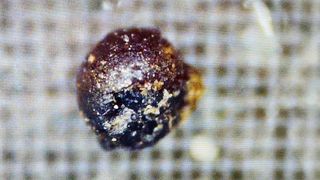
Seismic reading linked to 'alien technology' by Harvard professor likely came from a passing truck, study claims
By Ben Turner published
Avi Loeb has suggested that metallic spherules found at the bottom of the Pacific Ocean could have alien origins. But a new study suggests he may have been misled by a seismometer that picked up the rumbles of a passing truck.
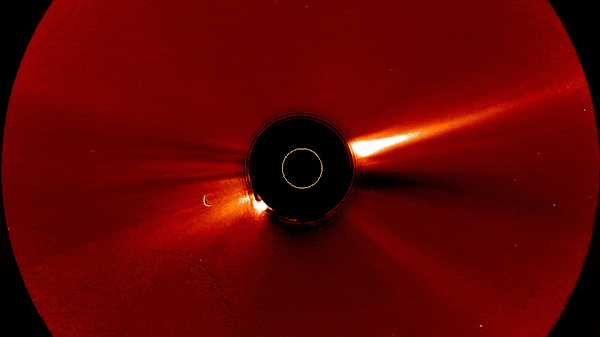
Widespread solar storm struck spacecraft near the sun, Earth and Mars in quick succession
By Meredith Garofalo published
In 2021, a solar storm was recorded by multiple different spacecraft and the results tell quite the story.

'Baby quasars' spotted by James Webb telescope could transform our understanding of monster black holes
By Jennifer Nalewicki published
Scientists think that by studying a cluster of "baby quasars," they can get a better understanding of supermassive black holes in the early universe.
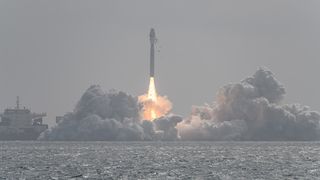
China will launch giant, reusable rockets next year to prep for human missions to the moon
By Jennifer Nalewicki published
China's new jumbo-size, reusable rockets are part of the country's plans to send humans to the moon by 2030.
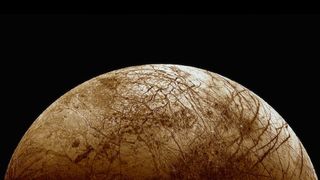
Jupiter's moon Europa lacks oxygen, making it less hospitable for sustaining life
By Jennifer Nalewicki published
Data compiled from NASA's Juno mission shows that Europa, Jupiter's ice-covered moon, severely lacks oxygen.
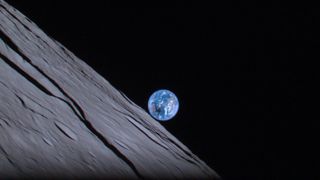
'Everything has changed since Apollo': Why landing on the moon is still incredibly difficult in 2024
By Sharmila Kuthunur last updated
More than 50 years after the Apollo era, major governments and well-funded private companies still struggle with lunar landing missions. Why is landing on the moon so hard in 2024?
Sign up for the Live Science daily newsletter now
Get the world’s most fascinating discoveries delivered straight to your inbox.
